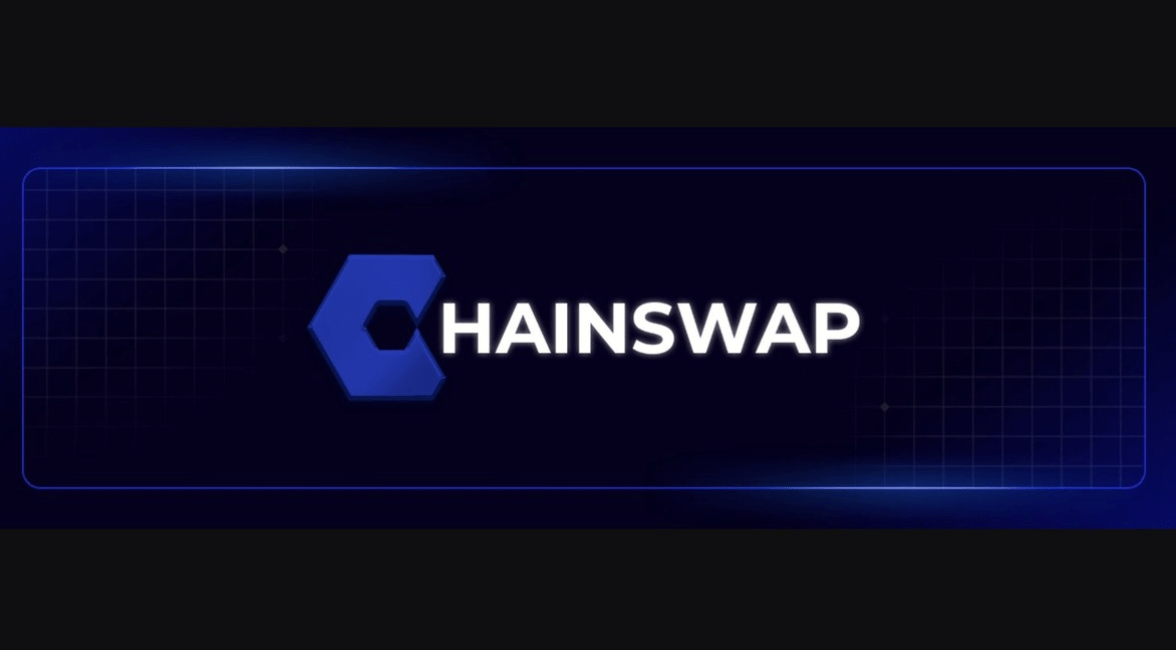Table of Contents
Bruce Lee once famously said that a man who’s practiced 10,000 kicks once isn’t a worry — but the one who’s practiced the same kick 10,000 times is a force to be reckoned with. And this principle also applies to business, with the rise and fall of giants as its great illustration.
Take Yahoo, once your gateway for anything on the Internet, and its loss to Google’s simple and ascetic search bar. Take Kodak, which lost a lot of ground to Nikon. Take Blockbuster and Netflix, or any other similar story — they always come down to the same pattern. Specialization wins where a jack-of-all-trades loses.
In the realm of Web3, the dominance of general-purpose blockchains has yet to be challenged effectively, but changes may be on the horizon.
The appeal of the general
For now, general-purpose blockchains built to power anything (or nothing in particular, one could also assert) are the top players. By market cap, Ethereum still leads the way in terms of general purpose L1s, but market cap might not fully capture the essence of a blockchain's success. It is an important metric, but of equal importance is the diversity and vibrancy of the applications a blockchain supports. After all, if a chain was purpose-built for a niche sector, be it gaming, NFTs, or RWAs, its success is a matter of how many relevant projects go to build there.
As far as dApps are concerned, Ethereum used to be the undisputed king, but now, BNB Chain has risen as a popular alternative, running more dApps than its arch-rival, according to DappRadar. BNB Chain is very much a general-purpose one, but it offers developers enough architectural, economic, and other improvements, as well as a lot of users and a high market cap to tap into, which enabled it to compete and succeed. The same advantages appeal to any project, no matter what Web3 sector it belongs to, so the chain is home to games, DeFi services, NFT projects, and more.
And it’s not just these three chains — there’s both Ethereum’s layer-2s and various other layer-1s vying for the crown of the generalist appeal. The battle among these generalists is fierce, with each striving to offer the best combination of technology, community, and ecosystem support. Some are succeeding more than others, but still, the competition is for overall dominance, not as much for a specific segment.
Enter the specialists
Now, let’s consider mission-specific chains, or blockchains built with a particular Web3 segment in mind. Don’t confuse them with application-specific such as Ronin, which only exists to power Axie Infinity, or chains like Filecoin’s, which provide a specific service layer for Web3 projects, but aren’t meant for dApp deployment. Sector-specialized chains aim to host dApps in areas such as gaming or decentralized social media, offering tailored functionalities and benefits.
In some sectors, such as gaming, the niche approach has only seen limited success. Most crypto games are still built on general-purpose chains, for example, not on the ones tailored for gaming. However, there is a range of sectors where purpose-built chains defy this trend, gaining traction by focusing on specific business needs and models, which hints at a potential shift in the industry's direction
For example, the Energy Web Chain has been making headway with industry adoption due to its enterprise-tailored strategy and focus. peaq, the blockchain for real-world applications, has outpaced Solana, a major Web3 network with a market cap in billions, in its adoption by DePIN projects, even before its mainnet launch. Audius has been making headway with its user and artist adoption, advancing the Web3 push into the music and entertainment field. And these are just a few examples of what could be a colossal change of tides in the industry.
One of these is worth lingering just a bit longer on. Rising as one of Web3’s most prominent sectors, DePINs are vastly different from other dApps. They always involve APY-generating hardware, they require real-world demand, and they need specific functions and fundamentals for rapid deployment. Projects with such unique characteristics and needs are a prime example of a sector that could benefit from mission-specific chains, and peaq is a prime example of such a chain, designed specifically for DePINs and real-world applications.
It is quite interesting to note the common thread here — all of these projects are focused on real-world business processes, services, and business models. Given the rise of RWAs as one of the most sought-after DeFi categories, and Web3’s overall newfound appetite towards the real world, the advantages these projects offer, from fundamentals on par with general chains to segment-specific economic models and benefits, could end up transforming the entire Web3 landscape.
It is too early to spell doom for Ethereum and other major general-purpose layer-1s — just the opposite, they stand strong and will benefit from the bullish sentiment on the market. But as the crypto winter gives way, the mission-specific chains with their clear focus and laser-accurate strategies also look increasingly appealing both for investors and builders, and as they gain momentum, Web3 might indeed have its Yahoo moment.
Disclaimer: This article is provided for informational purposes only. It is not offered or intended to be used as legal, tax, investment, financial, or other advice.
Investment Disclaimer











